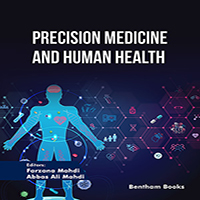Abstract
Helicobacter pylori (H. pylori) is a Gram-negative, slow-growing
microaerobic bacterium that infects over 50% of the global population. Around 58,000
years ago, H. pylori and humans co-evolved and migrated from East Africa, the
original birthplace of Homo sapiens. Its distinct characteristics, such as urease, helical
structure, and motile flagella, allow it to survive in the human stomach under stressful
conditions. The occurrence of H. pylori in the stomach can be beneficial or detrimental
to human health, depending on the host's genetic vulnerability, immunity, and
environmental factors. Although most of the H. pylori-infected patients are
asymptomatic, about 20% develop stomach illnesses such as peptic ulcer (10-15%),
gastric adenocarcinoma (1-3%), and mucosa-associated lymphoid tissue (MALT)
lymphoma that is common to aged people. People who do not have H. pylori infection,
on the other hand, are predisposed to a variety of diseases, including gastric esophageal
disease (GERD), oesophageal cancer, diabetes mellitus, and asthma. Clinical symptoms
in infected patients vary significantly geographically due to the high level of genetic
variation in the bacterial genome and the presence of numerous virulence factors. The
entire sickness is treated by eradicating H. pylori with antibiotics and proton pump
inhibitors. However, the rise in antibiotic resistance and a lack of effective vaccinations
make it tough to combat the infection. This chapter aims to shed light on host-pathogen
interactions by analysing the bacterium's persistence and pathogenesis in the context of
human health and precision medicine.
Keywords: CagA, Gastric ulcer, Gastric cancer, Gut microbiota, Helicobacter pylori, Standard triple therapy, Virulence factors.






















